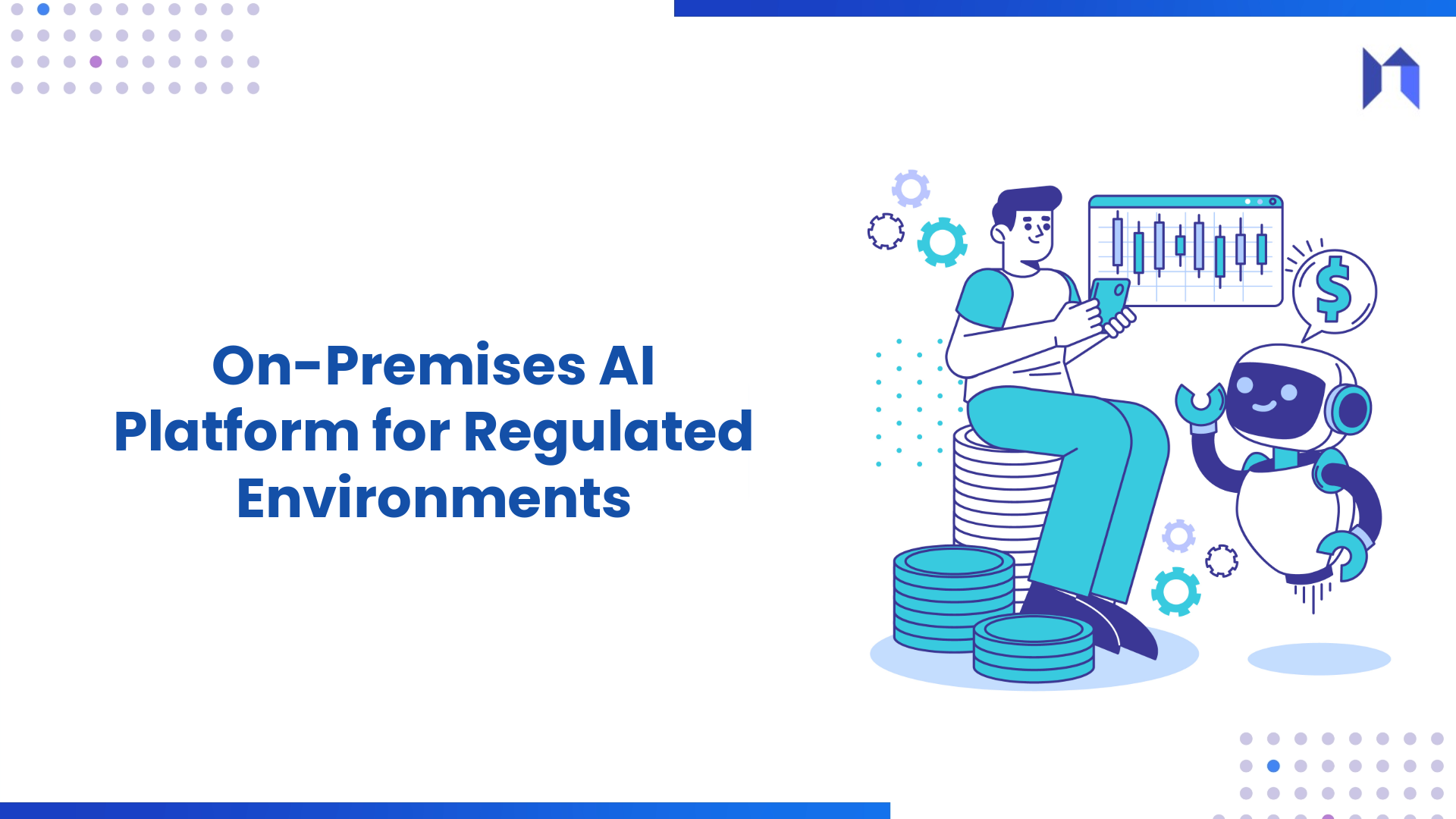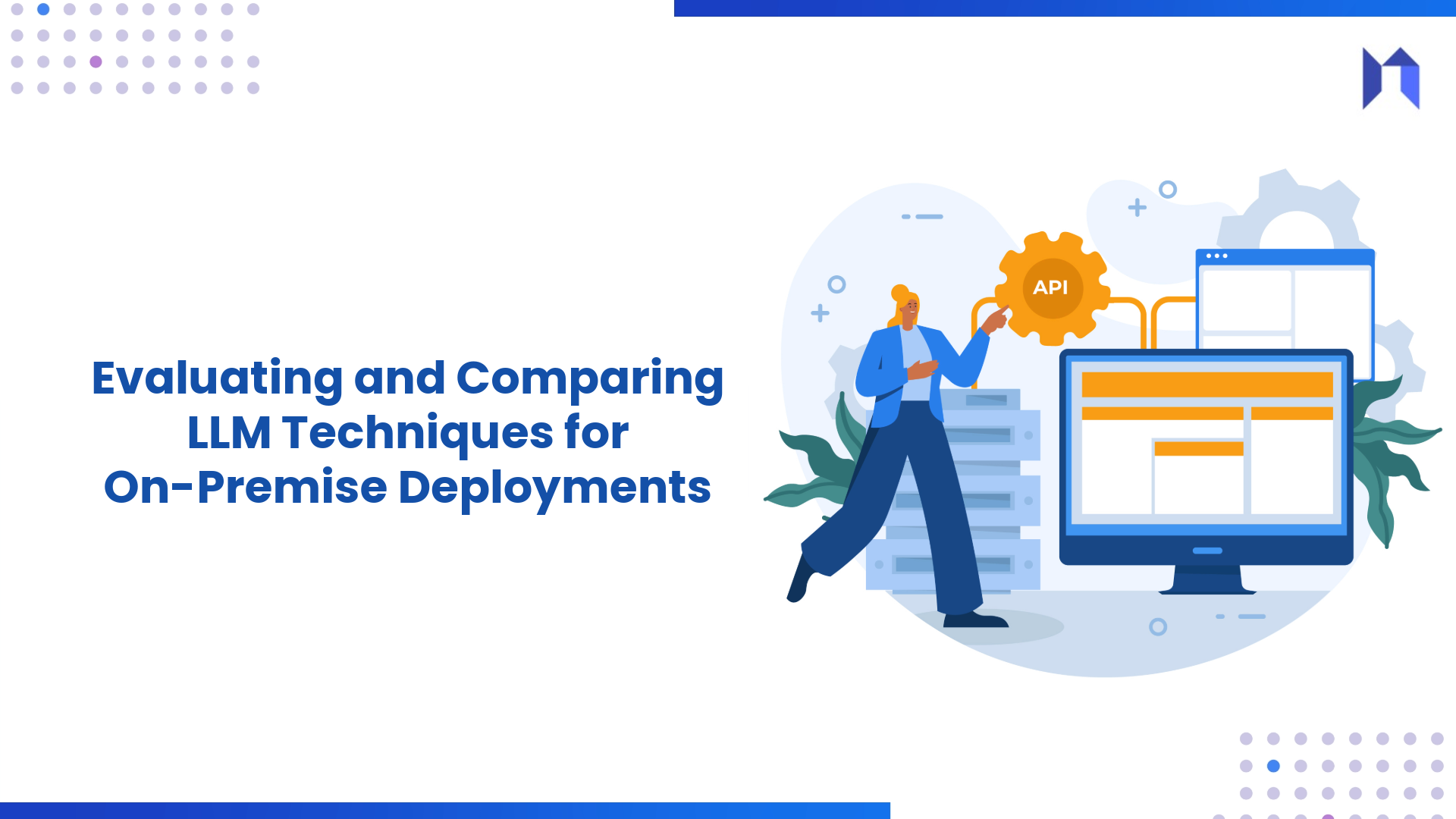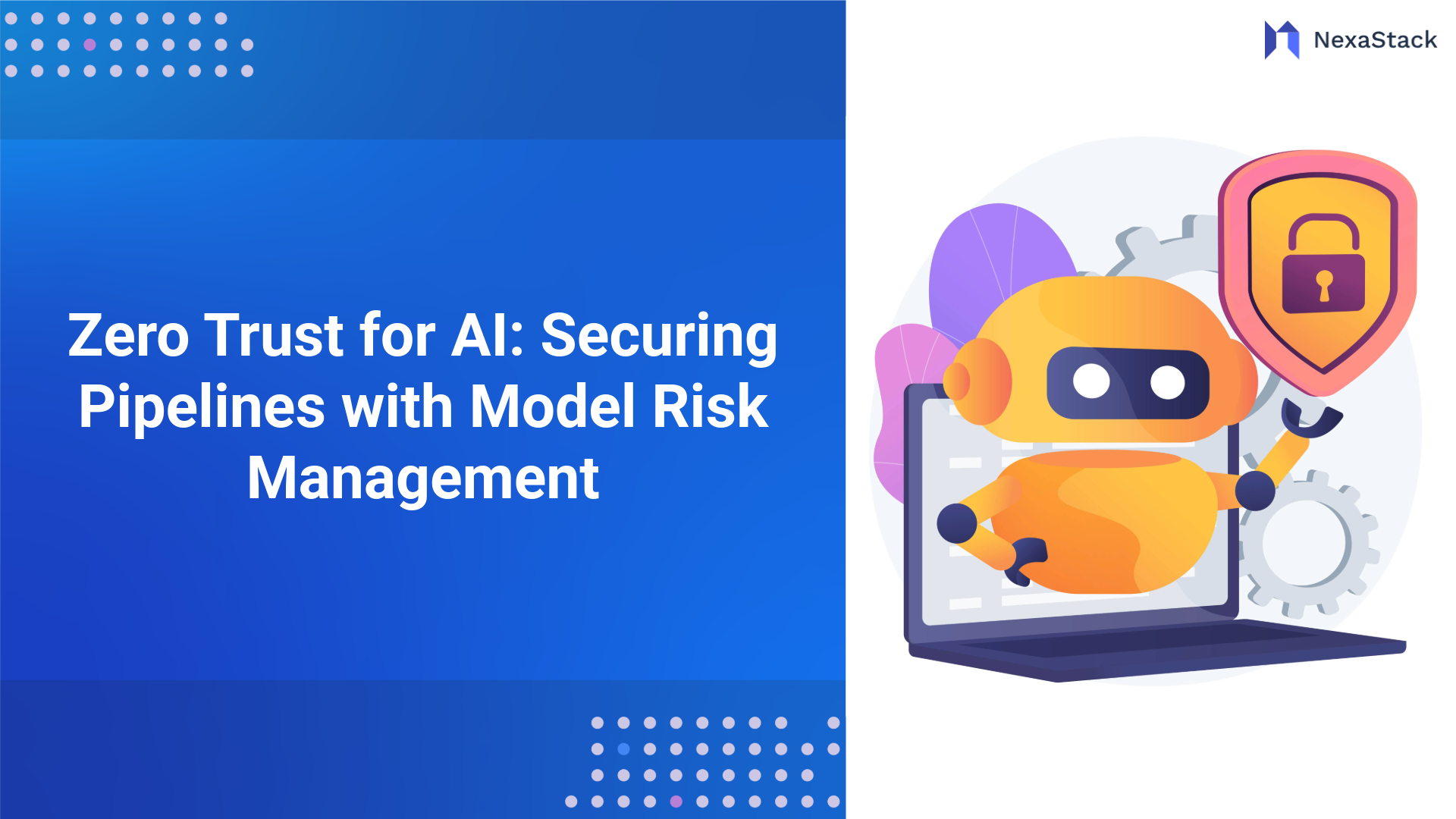Key Pillars of AI Governance at the Infrastructure Layer
Data Lineage and Provenance
All AI results start with data, and knowing the entire ancestry of that data—where it began, how it was transformed, and how it got to where it is—is essential. Governance infrastructure needs to:
-
Track data movement across pipelines in real-time.
-
Capture metadata around source systems, transformations, and access patterns.
-
Enforce tagging policies for data classification (e.g., PII, financial, open data).
-
Enable immutable logging for forensic analysis and compliance audits.
Without this visibility, it's impossible to verify model claims, detect bias at the source, or defend decisions in court.
Model Lifecycle and Version Control
Today's AI systems are not static; they are constantly updated, retrained, and redeployed. This brings in sophisticated lifecycle governance challenges that need to be handled by infrastructure, which:
-
Has versioning histories of all models, including training parameters, data used, and hyperparameters.
-
Supports rollback mechanisms for faulty or harmful deployments.
-
Segregates development, staging, and production environments to avoid leakage or contamination.
-
Integrates with CI/CD pipelines tailored to ML (MLOps), enforcing checks at every step.
Lacking this control, organisations would expose themselves to releasing unverified models that might degrade both performance and compliance.
Observability and Auditability
Governance depends on visibility. Infrastructure should not just support observability; it should make it central. This includes:
-
End-to-end logging of model inferences, data access, and system events.
-
Real-time metrics for model performance, latency, error rates, and drift detection.
-
Anomaly detection systems are capable of flagging unusual access or behaviour patterns.
-
Immutable audit logs that are cryptographically secured and queryable on demand.
By embedding observability as a first-class citizen, infrastructure becomes a transparent substrate for trustworthy AI operations.
Policy Enforcement and Guardrails
The last pillar is active governance—enforcing what should and shouldn't occur. Infrastructure must have programmable policy layers that can:
-
Define access controls based on model sensitivity, compliance boundaries, or roles.
-
Block automatically deployments missing audit metadata or test coverage.
-
Enforce rate limits or geofencing according to legal compliance or ethics.
-
Trigger alerts and remediations for policy violations in real time.
This changeover from passive to active enforcement redesigns governance away from a documentation burden towards a control system in motion.

Building a Governance-First Infrastructure Stack
To progress toward governance-first infrastructure, organisations must rethink architectural decisions:
-
Composable Data Pipelines: Leverage tools like Apache Airflow, Dagster, or Prefect with baked-in lineage and validation hooks.
-
Model Repositories with Governance Hooks: Tools such as MLflow, Weights & Biases, or BentoML that incorporate lifecycle metadata and versioning.
-
Zero Trust Architectures: Implement least privilege access models throughout the stack, mutual authentication, and encrypted communication.
-
Unified Observability: Integrate Prometheus/Grafana with ML-specific observability tools like Arize and Fiddler for end-to-end monitoring.
-
Policy Engines: Use tools like Open Policy Agent (OPA) to infuse fine-grained controls at each infrastructure boundary.
It doesn't mean replacing current tools, but instead adding governance capability to the workflow from ingesting data to inferring models.
Enterprise Strategies for Implementing AI Infrastructure Governance
Governance is not a technical problem—it's a strategic shift. Some of the critical enterprise strategies are:
-
Appoint AI Infrastructure Stewards: Similar to data stewards, these roles focus on the hygiene, traceability, and compliance of infrastructure components.
-
Establish a Unified Governance Framework: Combine AI ethics principles with concrete operational policies tied to infrastructure layers.
-
Cross-Functional Governance Councils: Involve infrastructure, security, legal, and business leaders in shaping guardrails and escalation paths.
-
Adopt a “Shift Left” Mindset: Bring governance checks earlier in the development process at the data ingestion, model training, and infrastructure provisioning phases.
-
Continuous Governance Pipelines: Implement “CG/CD” pipelines that automatically verify infrastructure compliance during each code and deployment event, just like CI/CD.
The Role of Platforms and Standards
Standardisation plays a pivotal role in making infrastructure governance scalable. Emerging frameworks and platforms are helping to set the groundwork:
-
NIST AI Risk Management Framework: Offers a structured approach to governance at the system level, including infrastructure.
-
AI Model Cards and Data Sheets: These metadata standards can drive transparency and reproducibility when enforced through infrastructure.
-
Kubernetes and Policy Engines: With tools like Gatekeeper or Kyverno, organisations can enforce governance as code directly at the orchestration layer.
-
Cloud-Native Platforms: Hyperscalers like AWS, Azure, and GCP are introducing AI governance features from IAM-based model access controls to audit-integrated MLOps pipelines.
By aligning with these standards and integrating platform-native features, organisations can reduce governance overhead while boosting compliance.
Conclusion: From Reactive Oversight to Proactive Control
The AI governance of the future is not in sporadic audits or responsive policies, but in real-time infrastructure controls. With increasing autonomy and high-impact AI systems, the error margin shrinks, and the imperative for reliable, observable, and enforceable infrastructure rises.
Treating infrastructure as a first-class governance issue lets organisations move from blind trust to provable trust. It makes reproducibility, accountability, and control at scale possible, not as an afterthought, but as a design feature.






